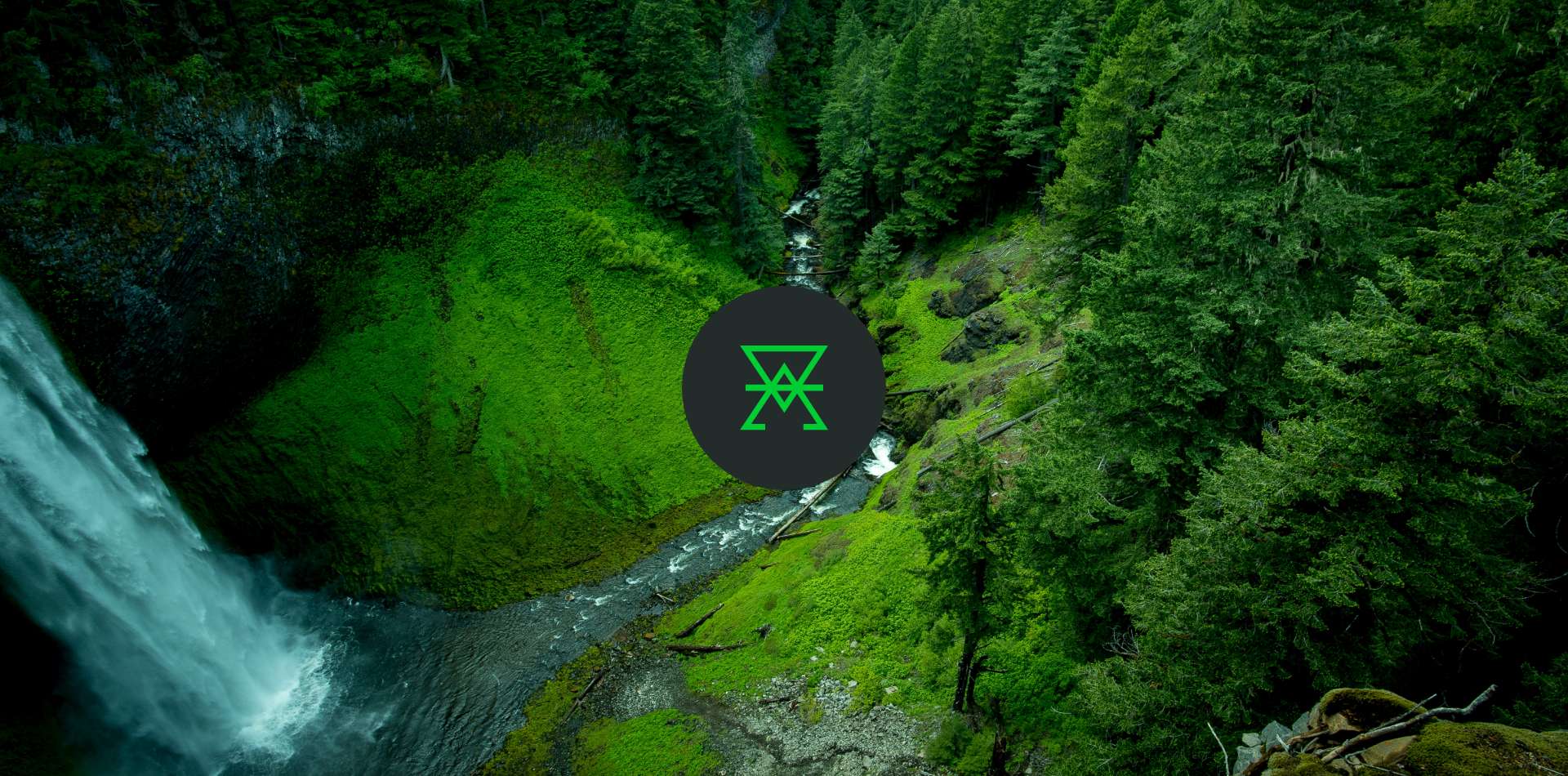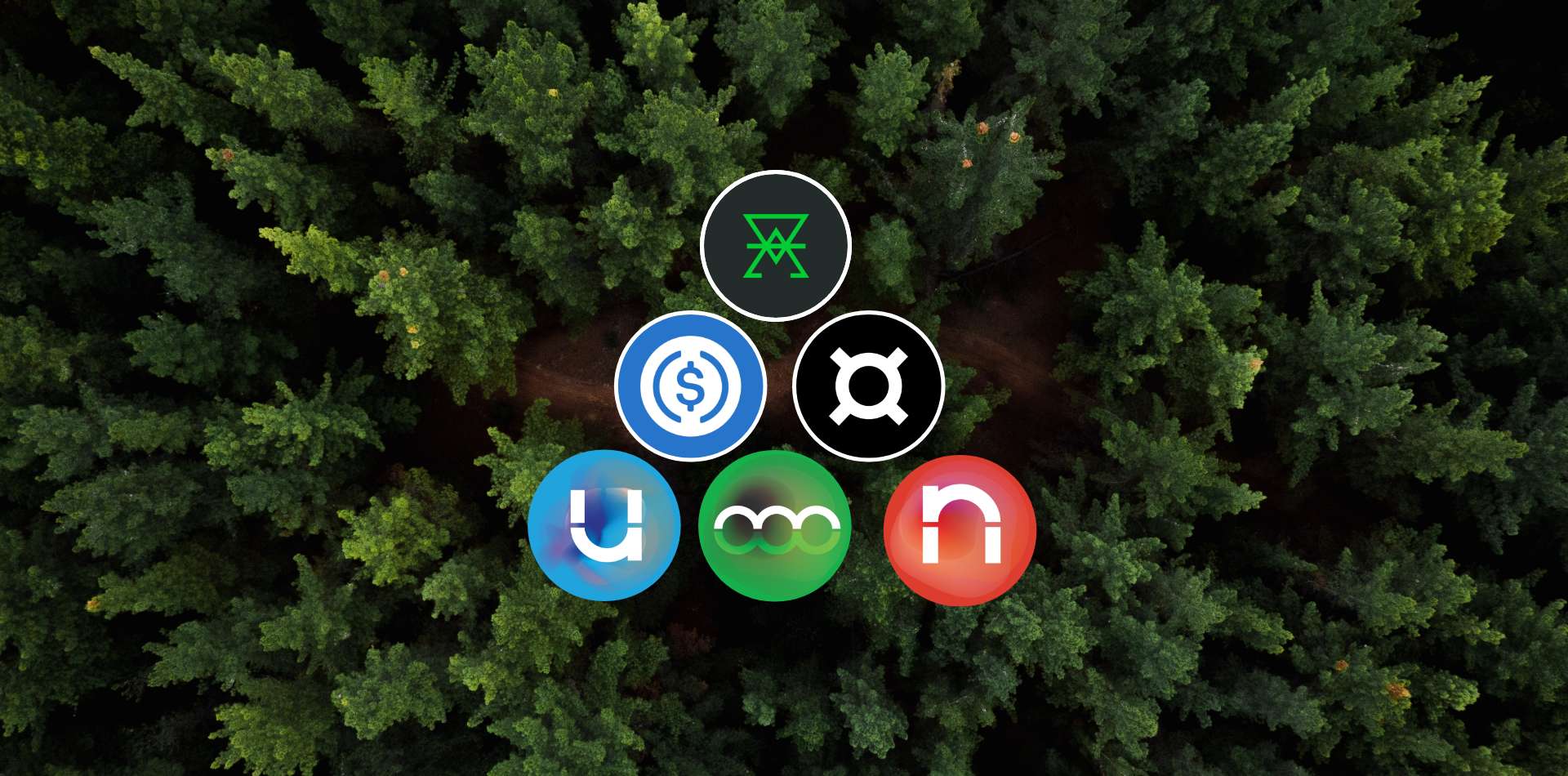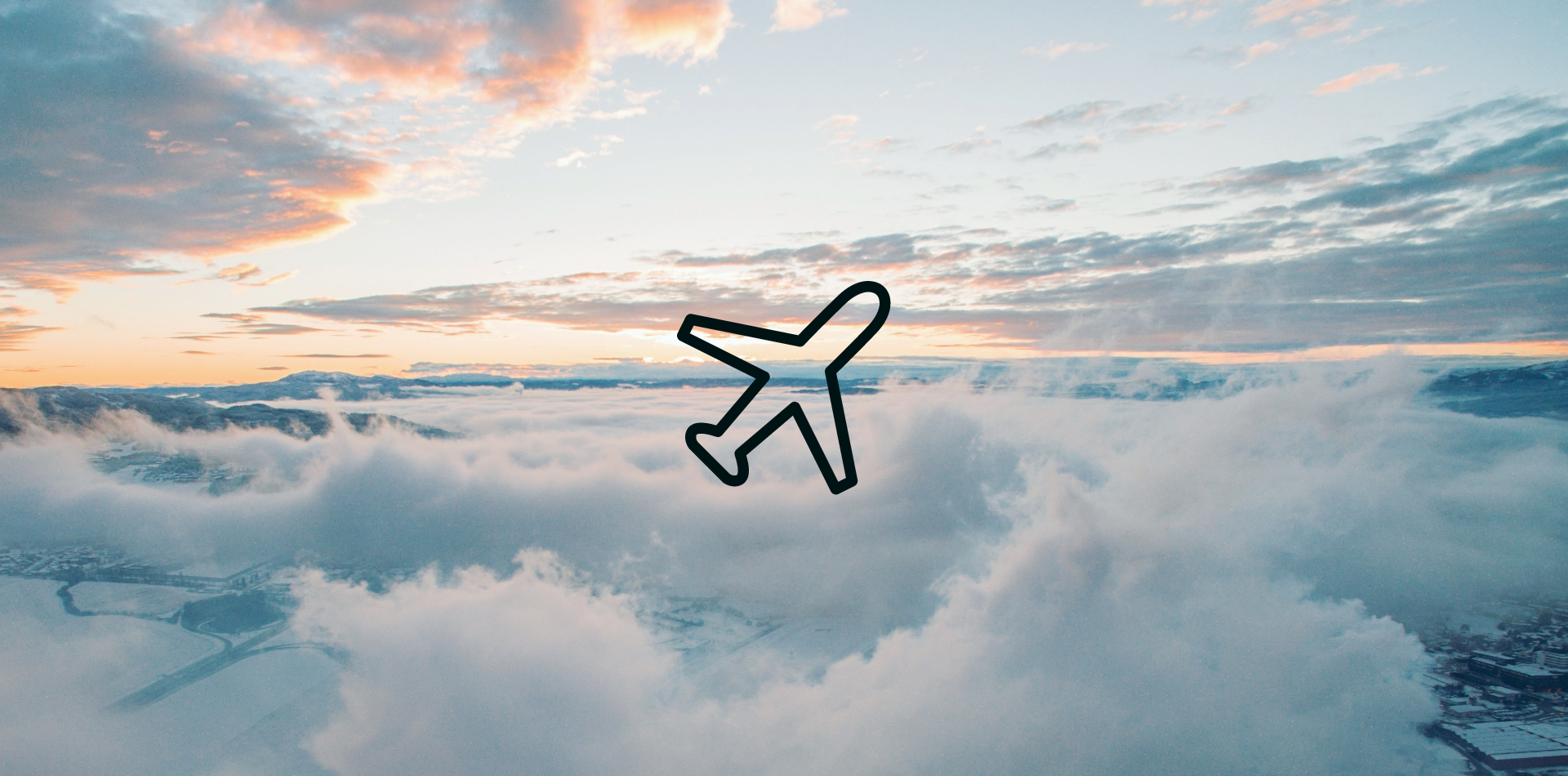
We’ve been observing KlimaDAO extensively since its inception. To say that their vision has the potential to define a new paradigm for DeFi is an understatement.
We have spent a lot of time in their community discord server, observing the day-to-day activities of the contributors, discussing with thought leaders about the vision and mission of the DAO, and gaining a deeper understanding of the global impact they are having on the carbon market.
It is impossible to talk about KlimaDAO without discussing the game theory and mechanism driving its economic engine. At a high level, the primary mechanics of the KlimaDAO protocol is to serve as a robust liquidity bootstrapping tool that enables the creation of a new unit of account by shifting an asset to currency. The ability to move fluidly between an asset to currency is vital because it enables an ecosystem to grow in tandem with the demand of the token. This creates a price floor, essentially guaranteeing an intrinsic value for the currency.
KlimaDAO uses its bootstrapping mechanism to develop a free-floating asset that the carbon market can utilize.
The mechanics of KlimaDAO are incredibly complex and, if they are successful in accomplishing their goals, we could very well be witnessing the birth of a powerful new economic system — a regenerative economic system.
1. The Intrinsic Value of Klima is an asset that increases with KlimaDAO market operations.
Each KLIMA is backed by 1 BCT, around $5–6. This makes it significantly harder for Klima to mint and gain runway. Compared to OHM and OlympusDAO clones, KlimaDAO requires 5–6 times more capital to back each KLIMA. A currency itself should be cheap to mint, promoting scalability and flexibility. At this stage, Klima does not have this luxury. To make matters worse, anything that KlimaDAO does increases the demand for BCT and carbon assets.
The following are examples of protocol actions that affect the demand for BCT:
- Increasing bond capacity: adds more demand onto BCT.
- Reducing reward rate: Increases the scarcity of KLIMA, which reduces the rate at which BCT is used to mint KLIMA.
- Adding more carbon assets to the treasury: increases demand for all assets in the treasury, including BCT.
For assets backed by a stable asset, the supply expands in tandem with demand. For BCT, the supply can’t react as fast. This inevitably causes a price increase, making it harder to mint KLIMA and limiting its potential.
2. KlimaDAO is building upon a foundation that doesn’t exist today.
When Olympus and other forks launched, they benefited from a robust and thriving defi ecosystem, with existing liquidity rails and demand.
When KlimaDAO launched, there was nothing built. Most, if not all, ReFi demand is dependent on KlimaDAO. And today, the only infrastructure in place is Toucan’s BCT and Moss.Earth’s MCO2. As time goes on and more carbon assets come on-chain, the dependency of BCT decreases. The demand, however, is still on Klima, and we can see this with the recent price action the protocl has experienced.
As a thought experiment, imagine if OlympusDAO launched in 2016 when MakerDAO and other prevalent Dapps haven’t been made yet, and ETH was the only major asset on the Ethereum network. It would be tough for Olympus to grow.
KlimaDAO is in this situation today.
3. KlimaDAO’s initial policy state trades high APY for healthy “invisible” growth.
For KlimaDAO, we see two significant changes. KlimaDAO started with a 4x larger supply than Olympus and has a 10% DAO fee rather than a 100% DAO fee. A larger initial supply means that KlimaDAO needs more growth to sustain itself initially, which, as we showed before, simply doesn’t exist. The demand on day 1 was insurmountable, and the protocol in the infant stages couldn’t sustain that demand.
As for the 10% DAO fee, you may ask, “why does it matter?”. It matters because Olympus and other ohm clones have a massive DAO treasury of the native asset that isn’t staked, meaning more rewards are given to the users, because they aren’t being given to the DAO. For Olympus, almost 10% of total supply is in the DAO. Another popular fork, Wonderland, has 20% in its DAO.
Klima has 2%. You can calculate the APY that KlimaDAO would have if it had 10% or 20% non-circulating, and see for yourself how the APY significantly changes.
While APY is a vanity metric to some degree, you can’t deny the marketing value for the DeFi community. Stakers of KLIMA benefit from this by gaining more rewards, but it can’t be felt.
Does this mean that KlimaDAO can’t succeed? We don’t think so. While KlimaDAO has many barriers ahead, they are incredibly well-positioned to achieve their goals and help coordinate with others as the ReFi space grows.
KlimaDAO does also have advantages that even Olympus does not — not least their cause which is both ubiquitous and unifying.
What would help KlimaDAO the most, is an ally that complements their goals and assists in creating the Refi ecosystem for them to thrive.
We will be that ally.



